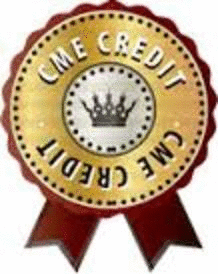
Rajamani Lakshminarayanan
Singapore Eye Research Institute, Singapore
Title: Membrane Selective Cationic Polymers as Biocides for Treating Topical Infections
Biography
Biography: Rajamani Lakshminarayanan
Abstract
In the era of increasing evolution of antimicrobial resistance to antibiotics treatment, there is a perceived need for antiseptics with high biocompatibility index for the management of topical infections. Since the fitness cost for a microbes to modify microbial membranes is higher, agents that target cytoplasmic membranes of prokaryotes are attractive alternatives for combating antimicrobial resistance. Cationic antimicrobial polymers have been shown to elicit rapid bactericidal action by targeting cytoplasmic membrane of the bacteria, but their cytotoxicity for mammalian cells limited their therapeutic potential. In this work, we tested the antimicrobial activity and mammalian cell cytotoxicity of cationic polymers with varying back bones and side chain functional groups. Among the various polymers compared, polymers with ethylenimine (Polymer1) or isopeptide (Polymer 7) backbones displayed good selectivity for microbial cell membranes over mammalian cell membranes. Both the polymers abrogated the adverse effects of bacteria or bacterial secretomes on cell morphology and cell migration, respectively. Polymer 7 displayed broad-spectrum antimicrobial properties which includes carbapenem-resistant enterobacteriocae, vancomycin-resistant enterococcus, MRSA, multi-drug resistant Pseudomonas aeruginosa and filamentous fungal pathogens. The polymer elicits rapbid bactericidal activity, antibiofilm properties and inhibits fungal hyphae as well. Topical instillation of the polymer (0.3% w/v in PBS) restored the re-epithelialization in a rabbit corneal scratch wound model, indicating good biocompatibility. In a rabbit model of bacterial keratitis, topical instillation of Polymer 7 decreased the bacterial bioburden, conreal edema and conjuntival redness when compared to topical antibiotics. Together, these results establish excellent safety and efficacy of the polymer for treating topical infections.

